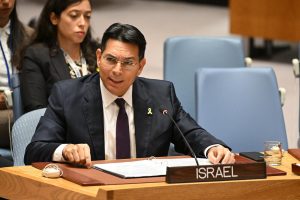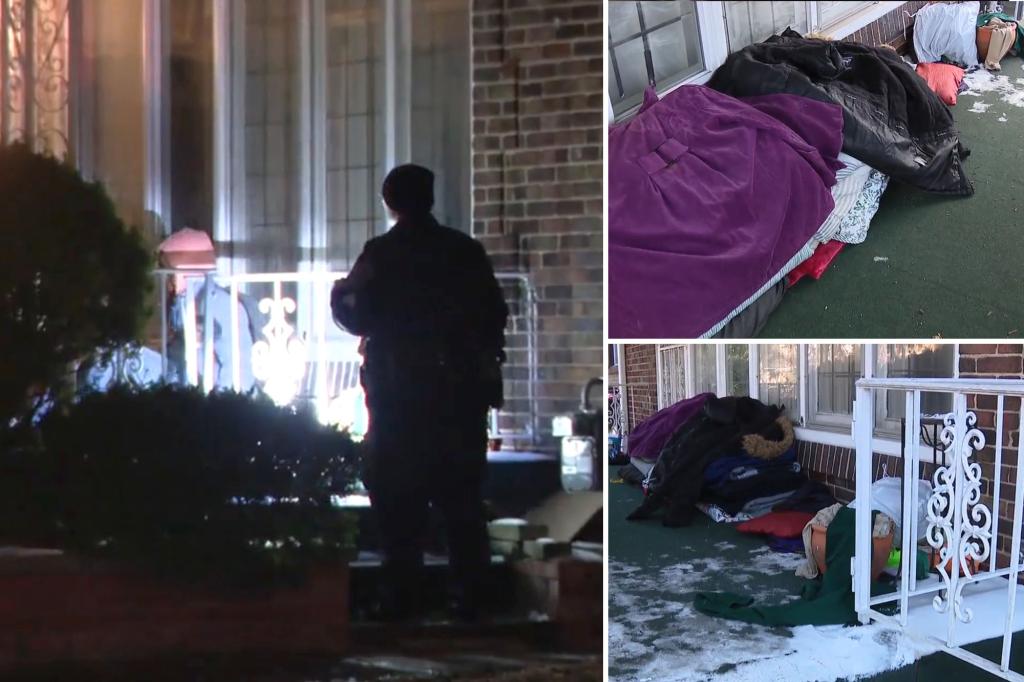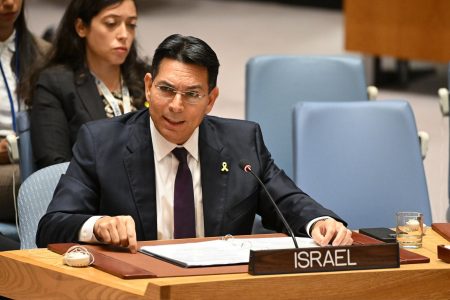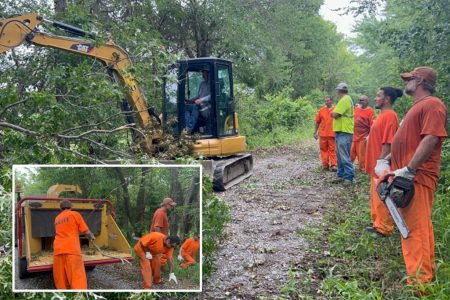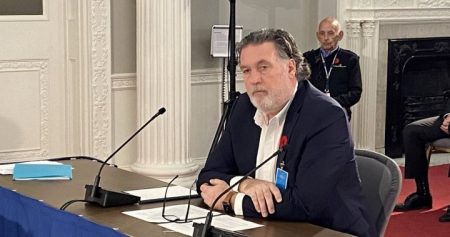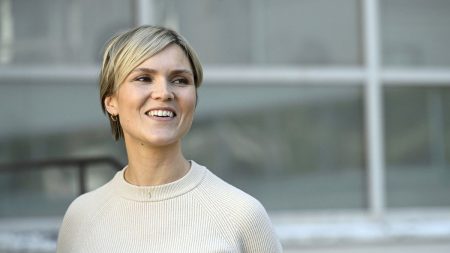The unusual case of two teenage brothers sleeping on the porch of their Detroit home for months, even as winter temperatures plummeted, has captivated and concerned the community. While initial observations painted a picture of neglect or potential parental issues, a closer examination reveals a complex family dynamic where the boys, aged 12 and 15, seemingly chose to sleep outside despite their parents’ repeated attempts to bring them indoors. This unexpected twist has raised questions about the boundaries of parental authority and the challenges of addressing adolescent behavioral issues.
The situation first came to public attention through concerned neighbors who noticed the boys bundled in blankets and winter coats, braving the elements night after night on their front porch. This unusual sleeping arrangement persisted for months, starting in the summer and continuing into the harsh Detroit winter. Their resilience in the face of dropping temperatures sparked worry and prompted inquiries from neighbors, ultimately leading to an investigation by Detroit police. The image of two young boys choosing to sleep outside, exposed to the elements, understandably raised concerns about their well-being and the possibility of neglect or abuse.
However, the Detroit police investigation revealed a different narrative. According to police commander Rebecca McKay, the boys insisted they wanted to sleep outside, a claim corroborated by neighbors who had interacted with them. Their parents, contrary to initial assumptions, had reportedly tried repeatedly to convince them to come inside, offering warmth and shelter. The older brother, reportedly a physically imposing 15-year-old facing pending assault and battery charges in juvenile court, presented a challenge for the parents in enforcing their wishes. McKay highlighted the parents’ reluctance to engage in a physical altercation with their son, understanding the potential risks involved. This explanation, while shedding light on the parents’ perspective, opens a broader discussion about the complexities of parenting, particularly when dealing with adolescents exhibiting challenging behaviors.
The situation also underscores the limitations of parental control, especially when dealing with older children who can assert their will, even in ways that seem detrimental to their well-being. While the parents’ efforts to encourage the boys to come inside are commendable, their inability to effectively enforce this seemingly simple rule raises questions about the resources and support available to families facing similar challenges. The case highlights the delicate balance between respecting a child’s autonomy and ensuring their safety and well-being. It also raises concerns about the potential long-term effects of such unconventional behavior on the boys’ development and the family dynamics.
The involvement of local independent journalist Marc D’Andre further complicates the narrative. D’Andre, known for his work in the Detroit area, visited the home and livestreamed his interaction with the boys. While his intention might have been to shed light on a potentially concerning situation, his actions raise questions about the ethics of involving minors in public discussions without their or their parents’ explicit consent. The livestream potentially exposed the family to further scrutiny and public judgment, adding another layer of complexity to an already sensitive situation. It also underscores the power and potential pitfalls of citizen journalism in the age of social media.
Ultimately, the case of the Detroit brothers sleeping on their porch serves as a microcosm of larger societal issues related to parenting, adolescent behavior, and the role of community intervention. It highlights the challenges faced by families navigating complex dynamics and the difficult decisions parents must make when balancing their children’s autonomy with their safety. The incident also underscores the need for greater understanding and support for families dealing with challenging adolescent behaviors. While the specific circumstances surrounding this case remain unique, the questions it raises about parental authority, adolescent autonomy, and community responsibility have broader implications for how we address similar situations in the future.
